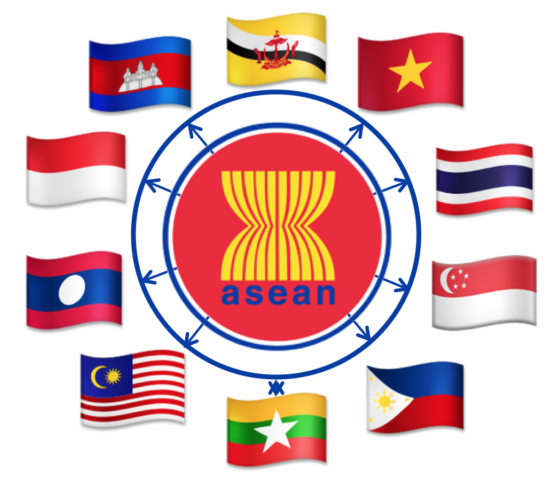The origin of the BUD Fund
In resonance with Chinese “One Belt, One Road” project, the HKSAR government launched the Dedicated Fund on Branding, Upgrading and Domestics Sales (BUD Fund) of HKD 1 billion in 2012 to help Hong Kong companies to enter the mainland China market. From time being, Hong Kong has been discussing Free Trade Agreements with variety of economies. The very first Hong Kong free trade agreement is the CEPA with mainland China. “Domestic Sales” means to sell in mainland China.
Mainland Programme and ASEAN Programme
The BUD Fund extended to the Association of Southeast Asian Nations, ASEAN on 1st August, 2018. There are 10 members in the ASEAN namely Indonesia, Thailand, Malaysia, the Philippines, Singapore, Brunei, Vietnam, Laos, Cambodia and Myanmar. Because the mainland China market is quite different with other countries in the world, the BUD office separated the Fund as 2 programmes: the Mainland Programme and the ASEAN Programme.

ASEAN members: Indonesia, Thailand, Malaysia, the Philippines, Singapore, Brunei, Vietnam, Laos, Cambodia and Myanmar
Free Trade Agreement Programme
The BUD Fund furthered to all regions that sign a free trade agreement with Hong Kong and the ASEAN Programme was upgraded as “Free Trade Agreement Programme” (FTA). Ordered by date, FTA regions with Hong Kong include: New Zealand, European Free Trade Association (EFTA, consists of Iceland, Liechtenstein, Norway, and Switzerland), Chile, Macau, ASEAN, Georgia and Australia, totally 19 regions. For the detail, please refer to BUD Fund FTA economies at a glance.
Latest situation of the BUD Fund
Today, the cumulative subsidy ceiling to any eligible enterprise is HKD 4 million on a one-to-one basis. The BUD Fund helps Hong Kong enterprises to be more competitive in mainland China and FTA makrets. Furthermore, once the application is successful, the BUD Programme will provide 75% of the total grant for implementation. Please ask a BUD consultant for further information.
Like our article? Like BizMagnet Facebook page, too!

